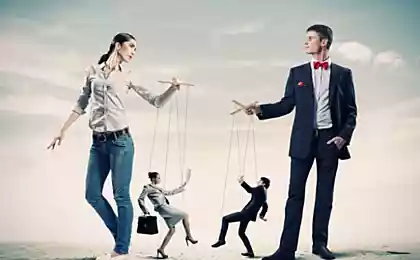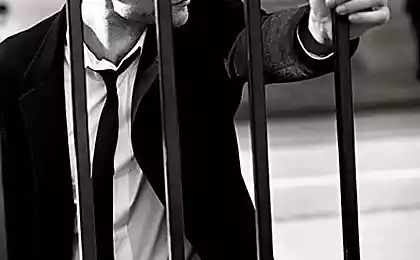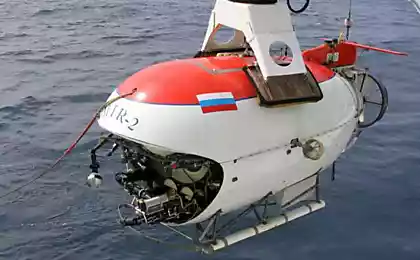898
8 people who have made this world a better place
Simple and amazing stories of real heroes. Their names must know kazhdyy.Istoriya know a huge number of people who have made outstanding deeds and discoveries, but it went unnoticed.
Website feels that many of them deserve the fame and widespread acceptance. This article contains seven stories of heroes - they are all different, but each of them has done so that life on Earth has become a little - or a lot - better and happier.
The history of Constantine Paustovskogo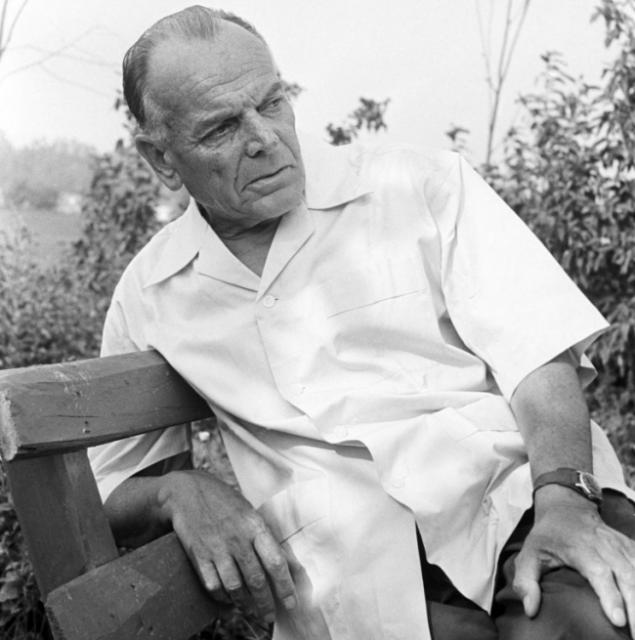
"It was spring of 1912, before the exams in the garden was arranged gathering. It called together all the high school students in our class, except the Jews. The Jews of this gathering nothing should have known.
At the gathering it was decided that the best students of the Russian and Polish have the exams for at least one object to grab the four not to get the gold medal. We decided to give all the gold medals Jews. Without these medals they did not take the university.
We are sworn to keep this decision secret. To the credit of our class, we can not let slip about it then or after, when they were already university students. Now I break this oath, because almost none of my comrades in the gymnasium remained alive. Most of them died in the Great War, my generation experienced. It survived only a few people ».
A world without nuclear voyny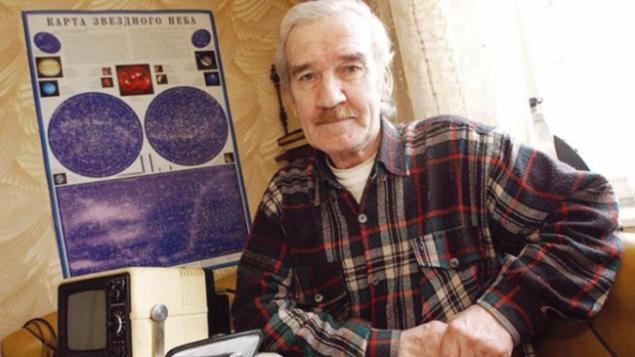
September 26, 1983 Lieutenant Colonel Stanislav Petrov on duty at Serpukhov-15, a secret bunker near Moscow, and was busy watching the satellite system of the Soviet Union. Shortly after midnight, one of the satellites gave the signal to Moscow that the United States launches 5 ballistic missiles at Russia. All responsibility at this point lay on forty-four lieutenant colonel: he had to decide how to respond to this signal.
The alarm sounded at a sensitive time, relations between the USSR and the US were strained, but Peter thought it was false and refused to take any retaliatory measures. He thus prevent the possibility of a nuclear catastrophe - the signal was indeed false.

Vasily Arkhipov , an officer of the Russian Navy, also once made a decision that saved the world. During the Cuban missile crisis, he prevented the launch of a nuclear torpedo. Soviet submarine B-59 was surrounded near Cuba and eleven aircraft carrier USS Randolph. Despite the fact that it took place in international waters, against the Americans used boats depth bombs to make it to the surface.
The commander of the submarine, Valentin Savitsky, prepared to launch a nuclear torpedo response. However, a senior on board Arkhipov show restraint, drew attention to the signals from the American ships and stopped Savitsky. From a boat was sent a signal "Stop provocation", after which the US military forces have been withdrawn, and the situation has eased.
Man with golden rukoy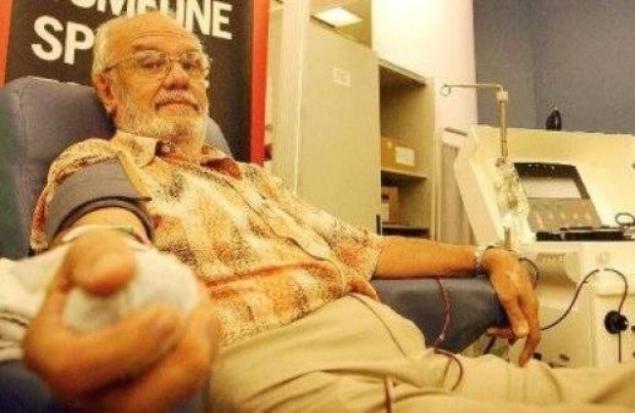
In thirteen years the Australian James Harrison suffered a serious chest surgery, and he urgently needed around 13 liters of blood. After surgery, he was in the hospital for three months. Realizing that the donor blood saved his life, he made a promise to start donating blood as soon as he turns 18.
Once Harrison reached the required age to donate blood, he immediately came to the point of putting the blood of the Red Cross. There also revealed that his blood is unique in its kind, since its plasma contains special antibodies that help you prevent Rhesus conflict pregnant mother to her fetus. Without these antibodies Rh conflict leads at least to anemia and jaundice child, to a maximum of stillbirth.
When James was told that it was found in his blood, he asked only one question. He asked how frequently you can give blood.
Since then, every three weeks, James Harrison comes to a medical center near his home, and rents exactly 400 milliliters of blood. By the present moment, he passed for about 377 liters of blood.
During the 56 years since their first date, he has donated blood and blood components is almost 1,000 times and saved about 2 million children and young mothers.
Polish Shindler
Eugene Lazovsky was a Polish doctor who saved thousands of Jews during the Holocaust. With the opening of his friend, Dr. Stanislaw Matulevich, Lazovsky simulated outbreak of typhoid fever, a dangerous infectious disease. Matulevich found that a healthy person can be vaccinated certain bacteria, and then the test results will be positive typhus, and the person will not have any symptoms of the disease.
The Germans were afraid of typhus, because it was very contagious. At a time when Jews infected with typhus, usually executed, Lazovsky planted non-Jewish population in the neighborhoods surrounding the ghetto, near the town of Rozvadov. He knew that the Germans would be forced to give up in order to get close to the Jewish settlements, and in the end they just shut down this area in quarantine. This saved about 8,000 Polish Jews from certain death in the concentration camps.
The scientist who saved millions of lives
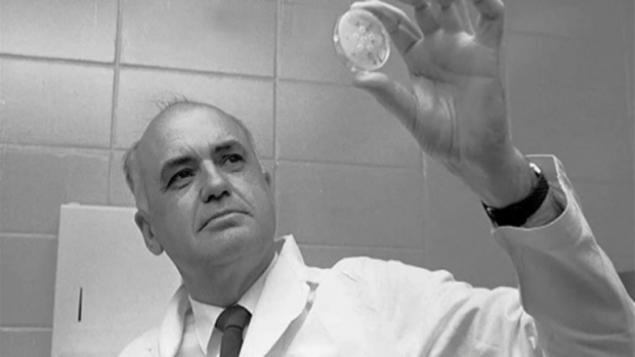
American biologist Maurice Ralph Hilleman created for his life 36 vaccines - more than any other scientist in the world. Of the fourteen vaccines that are now used everywhere, he invented 8, including measles, meningitis, chicken pox, hepatitis A and B.
In addition, Hilleman was the first person to determine how the flu virus mutates. Almost single-handedly, he worked on a vaccine that prevented the Asian flu outbreak in 1957 to become a repeat of the Spanish pandemic of 1918 that destroyed 20 million people worldwide.
Donor immortal kletok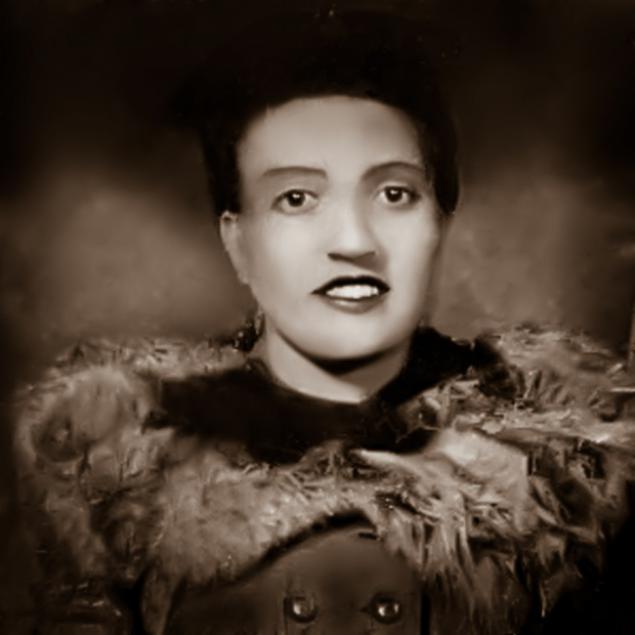
African-American Henrietta Lacks died of cancer in 1951 at the age of thirty-one years. However, it has become a donor of the cell material, which enabled Dr. George Otto Geyu create the first in the history of the immortal human cell line known as the line HeLa. "Immortality" means that these cells do not die after several divisions, and therefore could be used for a plurality of medical experiments and research.
In 1954, a strain of HeLa cells was used Jonas Juice to develop a vaccine against polio. In 1955, the HeLa became the first successfully cloned human cells. Demand for these cells grew rapidly. They were launched in series production and sent to scientists around the world for the study of cancer, AIDS, the effects of radiation and other diseases. Now scientists have grown about 20 tons of Henrietta's cells, there are nearly 11,000 patents related to them.
Inventor belt bezopasnosti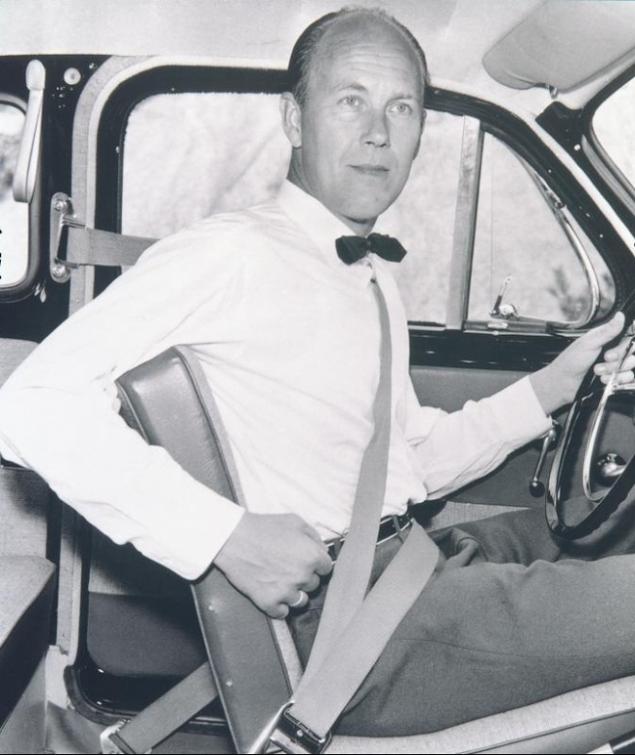
July 10, 1962 an employee of the corporation Volvo Nils Bohlin patented his invention - a three-point seat belt. It was exactly the system that is still used in cars: its creation Bolin spent less than a year, and it was first introduced on Volvo cars in 1959.
The corporation did design belt free for other automakers, and he soon became a global standard. According to recent studies, the invention Bolin during its existence has saved a million lives.
via # image8784460
Website feels that many of them deserve the fame and widespread acceptance. This article contains seven stories of heroes - they are all different, but each of them has done so that life on Earth has become a little - or a lot - better and happier.
The history of Constantine Paustovskogo

"It was spring of 1912, before the exams in the garden was arranged gathering. It called together all the high school students in our class, except the Jews. The Jews of this gathering nothing should have known.
At the gathering it was decided that the best students of the Russian and Polish have the exams for at least one object to grab the four not to get the gold medal. We decided to give all the gold medals Jews. Without these medals they did not take the university.
We are sworn to keep this decision secret. To the credit of our class, we can not let slip about it then or after, when they were already university students. Now I break this oath, because almost none of my comrades in the gymnasium remained alive. Most of them died in the Great War, my generation experienced. It survived only a few people ».
A world without nuclear voyny

September 26, 1983 Lieutenant Colonel Stanislav Petrov on duty at Serpukhov-15, a secret bunker near Moscow, and was busy watching the satellite system of the Soviet Union. Shortly after midnight, one of the satellites gave the signal to Moscow that the United States launches 5 ballistic missiles at Russia. All responsibility at this point lay on forty-four lieutenant colonel: he had to decide how to respond to this signal.
The alarm sounded at a sensitive time, relations between the USSR and the US were strained, but Peter thought it was false and refused to take any retaliatory measures. He thus prevent the possibility of a nuclear catastrophe - the signal was indeed false.

Vasily Arkhipov , an officer of the Russian Navy, also once made a decision that saved the world. During the Cuban missile crisis, he prevented the launch of a nuclear torpedo. Soviet submarine B-59 was surrounded near Cuba and eleven aircraft carrier USS Randolph. Despite the fact that it took place in international waters, against the Americans used boats depth bombs to make it to the surface.
The commander of the submarine, Valentin Savitsky, prepared to launch a nuclear torpedo response. However, a senior on board Arkhipov show restraint, drew attention to the signals from the American ships and stopped Savitsky. From a boat was sent a signal "Stop provocation", after which the US military forces have been withdrawn, and the situation has eased.
Man with golden rukoy

In thirteen years the Australian James Harrison suffered a serious chest surgery, and he urgently needed around 13 liters of blood. After surgery, he was in the hospital for three months. Realizing that the donor blood saved his life, he made a promise to start donating blood as soon as he turns 18.
Once Harrison reached the required age to donate blood, he immediately came to the point of putting the blood of the Red Cross. There also revealed that his blood is unique in its kind, since its plasma contains special antibodies that help you prevent Rhesus conflict pregnant mother to her fetus. Without these antibodies Rh conflict leads at least to anemia and jaundice child, to a maximum of stillbirth.
When James was told that it was found in his blood, he asked only one question. He asked how frequently you can give blood.
Since then, every three weeks, James Harrison comes to a medical center near his home, and rents exactly 400 milliliters of blood. By the present moment, he passed for about 377 liters of blood.
During the 56 years since their first date, he has donated blood and blood components is almost 1,000 times and saved about 2 million children and young mothers.
Polish Shindler

Eugene Lazovsky was a Polish doctor who saved thousands of Jews during the Holocaust. With the opening of his friend, Dr. Stanislaw Matulevich, Lazovsky simulated outbreak of typhoid fever, a dangerous infectious disease. Matulevich found that a healthy person can be vaccinated certain bacteria, and then the test results will be positive typhus, and the person will not have any symptoms of the disease.
The Germans were afraid of typhus, because it was very contagious. At a time when Jews infected with typhus, usually executed, Lazovsky planted non-Jewish population in the neighborhoods surrounding the ghetto, near the town of Rozvadov. He knew that the Germans would be forced to give up in order to get close to the Jewish settlements, and in the end they just shut down this area in quarantine. This saved about 8,000 Polish Jews from certain death in the concentration camps.
The scientist who saved millions of lives

American biologist Maurice Ralph Hilleman created for his life 36 vaccines - more than any other scientist in the world. Of the fourteen vaccines that are now used everywhere, he invented 8, including measles, meningitis, chicken pox, hepatitis A and B.
In addition, Hilleman was the first person to determine how the flu virus mutates. Almost single-handedly, he worked on a vaccine that prevented the Asian flu outbreak in 1957 to become a repeat of the Spanish pandemic of 1918 that destroyed 20 million people worldwide.
Donor immortal kletok

African-American Henrietta Lacks died of cancer in 1951 at the age of thirty-one years. However, it has become a donor of the cell material, which enabled Dr. George Otto Geyu create the first in the history of the immortal human cell line known as the line HeLa. "Immortality" means that these cells do not die after several divisions, and therefore could be used for a plurality of medical experiments and research.
In 1954, a strain of HeLa cells was used Jonas Juice to develop a vaccine against polio. In 1955, the HeLa became the first successfully cloned human cells. Demand for these cells grew rapidly. They were launched in series production and sent to scientists around the world for the study of cancer, AIDS, the effects of radiation and other diseases. Now scientists have grown about 20 tons of Henrietta's cells, there are nearly 11,000 patents related to them.
Inventor belt bezopasnosti

July 10, 1962 an employee of the corporation Volvo Nils Bohlin patented his invention - a three-point seat belt. It was exactly the system that is still used in cars: its creation Bolin spent less than a year, and it was first introduced on Volvo cars in 1959.
The corporation did design belt free for other automakers, and he soon became a global standard. According to recent studies, the invention Bolin during its existence has saved a million lives.
via # image8784460
40 cards that will help you better understand the world
30 photos of the month in which it is difficult to believe










